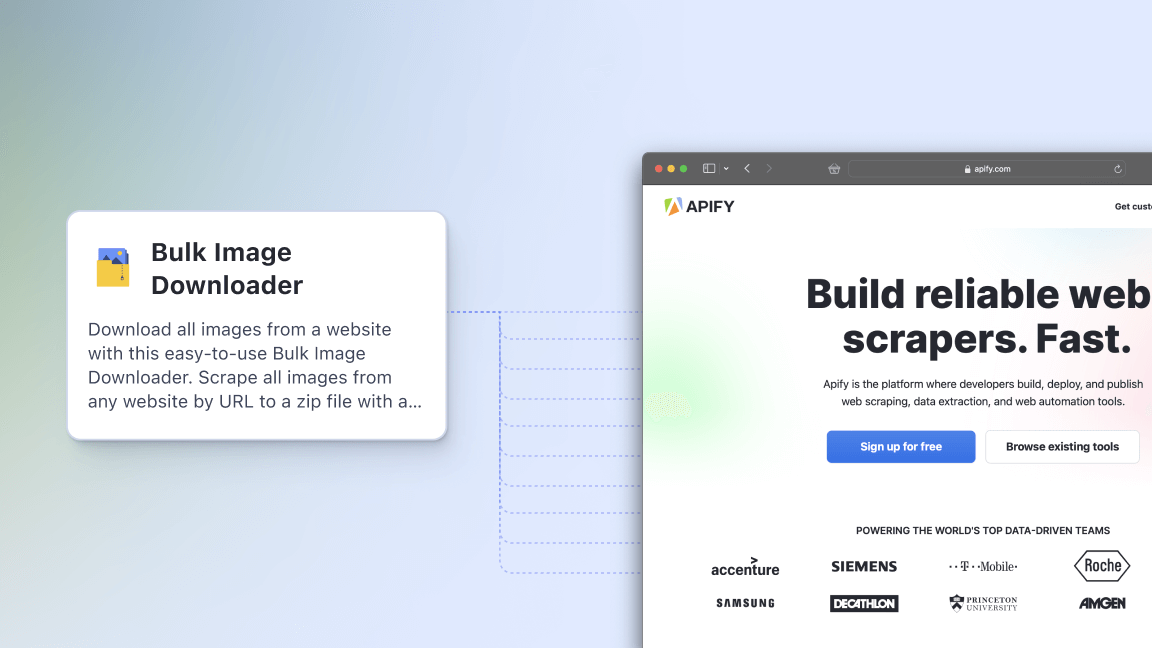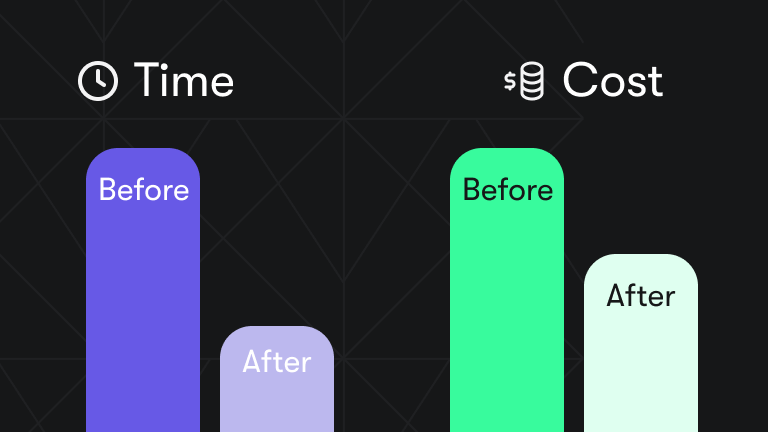‘Bots’ is a four-letter word, literally and – for some people – figuratively. But why do bots have such a bad rap? When people hear the word bot, they tend to associate it with cybercrime or spam. So, it’s little wonder that the word has negative connotations. We can’t deny that malicious bots exist. The sad thing is that these rotten apples have given the good bots a bad name. As a result, the term ‘automation,’ which is basically the technique of making a process or system operate automatically through bots, may also have negative connotations for some people. Regardless of whether they are good or bad, you should be able to identify bots and make sure they don't contaminate your funnels and analytics. So, let’s take an honest look at the light and dark side of bots and automation tools.
Why some bots are good
Good bots do wonders for businesses and individuals. They carry out tedious tasks we’d rather not spend our time on, collect information that would be otherwise impossible to find, and present us with data that helps us forecast outcomes or evaluate results. Here are just two examples of the good things bots and automation tools can do for you:
They find information
Just google ‘Why bots are good.’ You’ll see a bunch of articles on the subject right before your eyes in an instant. How do you think that happens? Bots fetched all of that information for you! These bots, known as web crawlers, are the librarians of the worldwide web. They index all the pages on the internet so we can find them.
They save you time and effort
Bots are used to automate workflows in business, and robotic process automation is prevalent in the banking and finance sector. Bots are also pervasive in customer service fields, with customer service bots, also known as virtual agents, available 24/7 to ensure round-the-clock customer care.
Why some bots are bad
We can’t pretend that bots are never put to bad use. They are the instruments that hackers use to harm websites and users. In many cases, they also pose a threat to marketing teams. Here are just two examples:
They are used for affiliate fraud
Affiliate marketing is an important strategy for any Go-To-Market team. In fact, the industry is expected to hit $37 billion in revenue by 2030. But some affiliates abuse the system, committing fraud to boost their commissions. To maximize these frauds, affiliates will use bots.
There are several types of affiliate fraud where bots are used. One is “click-fraud”, where affiliates drive fake clicks to their partner’s site, via botnets. Another is fake leads, where bots are used to complete forms using stolen data and generating invalid leads. Utilizing advanced affiliate marketing tools can help businesses identify and combat these fraudulent activities, ensuring a more secure and trustworthy affiliate network.
They are used for abandonment fraud
Bots are also commonly used to perform abandonment fraud, a practice known by some as inventory exhaustion or simply “denial of inventory.” This happens when bots ‘hold ’ items in a shopping cart waiting for checkout and make them unavailable for other customers - a nightmare for any e-commerce business and their marketing teams. Network segmentation can help limit the damage by isolating suspicious traffic from critical systems.
There are plenty of other positive and negative uses of bots, so let’s break down a few more of them:
| Good bots | Bad bots |
|---|---|
| Chat bots for customer service apps |
Denial of service (DoS) bots that crash or slow down a system with unwanted traffic |
| Bots that automate content and workflows |
Spam bots that bombard you with unsolicited promotional content |
| Social bots for measuring customer engagement |
Bots that contaminate Go-To-Market operations, skewing BI systems, leading to poor decision-making |
| Monitoring bots that track the health of a system |
Hacker bots that disseminate malware |
| Bots that crawl and index web pages for search engines |
File-sharing bots that respond to your query terms by sending you seemingly relevant links that are in fact malicious |
| Apify web crawlers and scrapers that automate data extraction of publicly available web data |
Zombie bots that are used as part of a botnet to coordinate large-scale cyber attacks |
What is important to note about the above distinctions between good and bad bots is that the bots are, in fact, neutral. They do what their programmers have designed and commanded them to do. Some of the above activities, such as web scraping, can be used for good or ill. So let’s look a little closer at web scraping bots and web scraping automation.
Web scraping bots and automation tools: good or bad?
A web scraper is neither good nor bad in itself. It depends on whether or not you use it to extract data legally and ethically by scraping only publicly available data, considering the limits of the target website, and respecting the website’s terms of use.
Let’s assume you’re interested in doing things legally and ethically. Web scraping bots can crawl and extract vast amounts of useful information at speed and at scale. Because most of the information online is available in a human-readable form, web scraping automation tools help users to extract data from websites and export it into machine-readable formats. That means we can enable computers to analyze vast amounts of unstructured data, such as images and videos. This type of automation tool can be used by companies and individuals to accomplish tasks that would otherwise take up a huge amount of time.
If you’re looking to do price comparisons or market research, then web scraping automation tools are essential if you want to stay ahead of the game. With web scrapers, you can extract unlimited amounts of structured data and scale processes, automate tedious tasks, and speed up workflows with flexible automation software.
How to protect yourself against bad bots
CHEQ
If your company is trying to protect Go-To-Market teams from having bot traffic populating marketing campaigns and pipelines, as well as skewing data, then any type of bots reaching your website will not be good for business. In order to have only real consumer traffic accessing your website and marketing campaigns, you can use cybersecurity technology to identify and catch all types of bots. CHEQ, the leader in Go-To-Market Security, does this by using over 2,000 real-time cybersecurity tests that analyze different types of traffic, giving you the ability to block bot traffic and optimize your marketing strategies.








